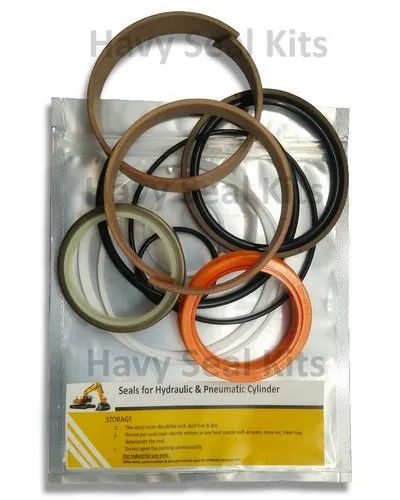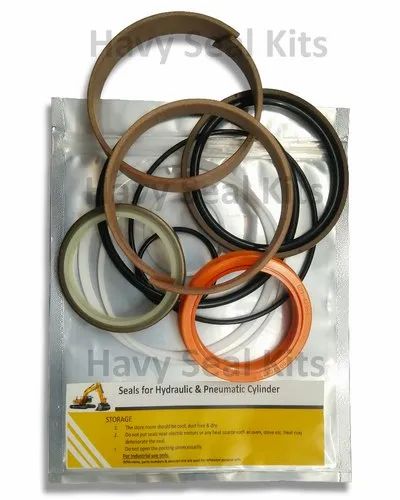Product Description:
When working with a gearbox, a pump, or part of a fuel system, it’s essential to select a gasket material with resistance to hydrocarbons. Mineral and vegetable oils, along with diesel, gasoline and similar fuels, attack many materials, causing them to swell or break down. The notable exception is nitrile rubber. Nitrile rubber gaskets, often referred to as Buna-N or NBR gaskets, offer excellent resistance to oil.
Gaskets made from nitrile (Buna N) rubber are used widely in hydraulic systems. Nitrile rubber gaskets perform well in many hydraulic systems. These gaskets have excellent resistance to oil, have a practical temperature service range, resistance to oxidation and aging, and generally cost less than gaskets made from more advanced elastomers
Nitrile Rubber Chemistry
Nitrile rubber is made from a blend of acrylonitrile (chemical formula C3H3N) and butadiene (C4H6.) Each component is mixed with water as an emulsion before being combined in a polymerization reaction. This makes the carbon (C) and hydrogen (H) atoms form into long chains that tangle round another to form a rubbery compound.
Increasing the proportion of acrylonitrile makes the rubber stronger and reduces its gas permeability. The trade-off is that it results in a rubber that’s stiffer at low temperatures.
Rubber and Swelling
Most rubber absorbs oil and swells up in size. This is a problem in gaskets used in gearboxes and engines because it can lead to leaks. However, acrylonitrile reduces this tendency. So the greater the proportion of acrylonitrile used in the nitrile rubber formulation the less it will swell.
When and When Not to use Nitrile Gaskets
Good applications are those where peak temperatures are moderate and there’s exposure to oils. However, nitrile rubber does not hold up well to ozone and oxygen, so should not be used in places where these are present. Water purification equipment is one such location.
 View All
View All











